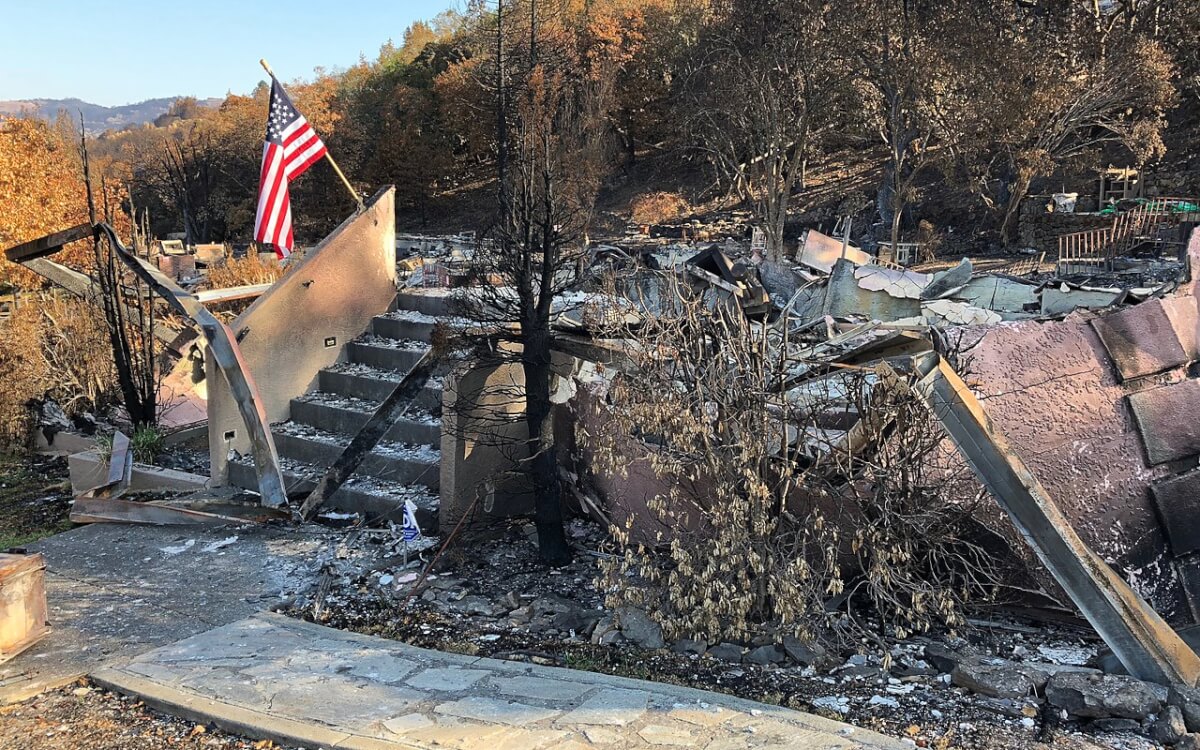High winds and highly flammable vegetation brought about by drought, coupled with unusually hot weather—the same conditions that led to California’s deadliest and most destructive fire in 2017, are back, and fueling the fires that encroached a dry area in the northern part of the state.
Gov. Jerry Brown has declared a state of emergency in Lake County to enable officials to receive more state resources to fight the fire. Jim Steele, an elected supervisor, said the county isn’t well-equipped to deal with the spreading fire. The sparsely-populated county also has few roads leading in and out of the area, greatly affecting emergency response time.
Fire Battalion Chief Jonathan Cox said more the 230 firefighters were putting out the fire in a rugged area that often made it difficult to get firefighting equipment in.
The rural region, some 120 miles north of San Francisco, has been hard-hit by fires in recent years because of the dense brush and trees, but the severity of the latest blaze was unexpected.
The fire that started on June 23 has forced thousands of residents from their homes and destroyed at least 22 structures. The fire is the latest blaze to hit the area in the last couple of years. In 2015, a series of fires destroyed 2,000 buildings and resulted in four fatalities.
The following year, a fire started by an arsonist burned down 300 buildings.
Lake County was also among those ravaged by last year’s string of fires in Northern California’s wine country. The 2017 fires killed 44 people and caused an estimated $10 billion in damages.

Keith Gilles, the dean of the University of California, Berkeley’s department of environmental science is concerned that the abundance of drought-dried grass in the area could lead to a fire as destructive as last year.
While the blaze was the first this year to hit the state of California, other hotspots have been burning throughout the west during the previous weeks. Several western states have already been forced to close national parks as a precaution against wildfires and have issued warnings to its residents to prepare.
If you’re residing in an area where wildfires are likely, stay tuned to the latest announcements regarding wildfire activity in your area and make the necessary preparations.


